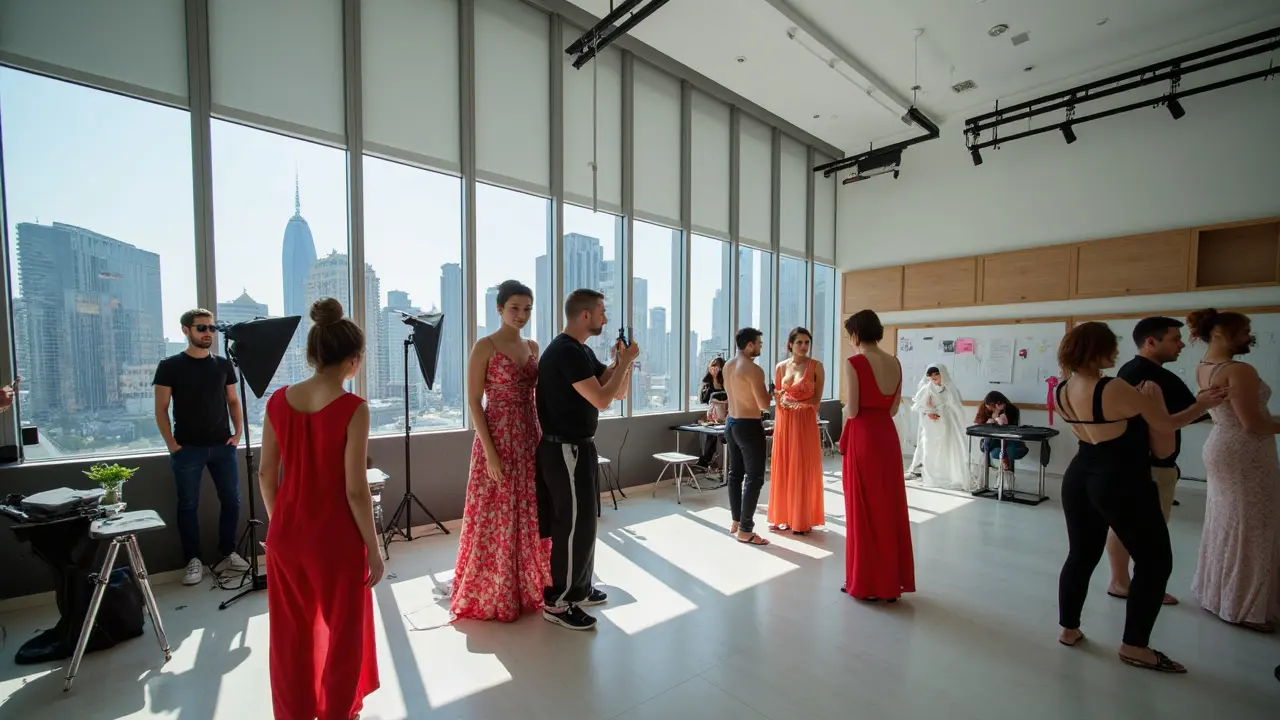Ever wondered how long a model photoshoot really takes? This article breaks down the timeline—from quick test shoots that wrap up in under an hour to all-day editorial or commercial sessions. We explain what influences the duration, how to prep, and what you can expect at every stage. Gain concrete tips for new and seasoned models to save time and get better results. If you’re planning a shoot or just curious about the process, you’ll leave knowing exactly what’s involved.
Photoshoot Schedule: Plan a Perfect Shoot Every Time
Getting a shoot to run smoothly starts with a solid schedule. Whether you’re a freelancer, a brand, or just shooting for fun, a clear timeline saves money, stress, and missed shots. Below you’ll find the exact steps to map out a day‑long or multi‑day shoot without over‑complicating things.
Set Up Your Timeline
First, write down the main milestones: pre‑production, travel, set‑up, shooting blocks, breaks, and wrap‑up. A typical one‑day shoot might look like this:
- 08:00 – Arrive & gear check
- 08:30 – Location walk‑through
- 09:00 – Lighting test
- 09:30 – First shooting block (30‑45 min)
- 10:30 – Break (15 min)
- 10:45 – Second block (45 min)
- 12:00 – Lunch (45 min)
- 13:00 – Third block (60 min)
- 14:15 – Change outfits/props
- 14:45 – Final block (45 min)
- 15:45 – Wrap, gear pack, backup
Adjust the numbers to match the number of looks, locations, or talent you have. The key is to give each segment a start and end time, then stick to it.
Day‑of Essentials
On shoot day, a checklist is your best friend. Pack batteries, memory cards, lenses, and a portable charger. Bring a small printer or a laptop for on‑spot review – catching a focus problem early avoids reshoots. Keep snacks, water, and a first‑aid kit handy; a hungry crew moves slower.
Communicate the schedule to everyone involved. Send a simple email or a shared Google Sheet with the timeline, contact numbers, and location maps. When everyone knows when they’re needed, you cut down on idle time.
Weather can throw a wrench in outdoor shoots. Build a 15‑minute buffer after each outdoor block. If rain looks likely, have a backup indoor location ready and note it in the schedule. This way you won’t scramble at the last minute.
After the shoot, allocate at least 30 minutes for data backup. Write “Backup Complete” on your checklist, then let the camera rest. A quick review of the images can reveal any missed shots, giving you a chance to schedule a quick follow‑up if needed.
Finally, debrief with your team. Ask what worked, what didn’t, and note any timing tweaks for the next shoot. Keeping a short log of each project’s schedule helps you refine the process over time.
With a clear photoshoot schedule, you control the day instead of reacting to it. Use the template above, customize it for your style, and you’ll see fewer delays, happier talent, and better images. Ready to plan your next shoot? Grab a pen, open a spreadsheet, and start blocking out the hours – the results will speak for themselves.

